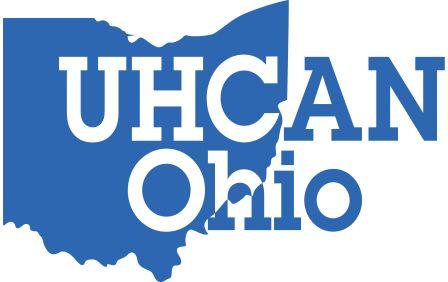Health and Equity
Health Equity
UHCAN Ohio advocates that decisions on policy and law should be informed by analysis of the health and equity impact.
Ohio has consistently been ranked in the bottom quarter of states in terms of health outcomes; data shows significant disparities due to race, income, gender, etc. Policy is a substantial barrier to achieving health equity. Policies institutionalizing income inequality, racism, sexism and other discriminatory treatment significantly contribute to health disparities and are the foundation of health inequity.
Join our work to assure antiracism initiatives move forward and include your voice.
Our primary project is advocating that communities are engaged in hospital antiracism initiatives.
Ohio must be intentional in creating law and policy if it intends to diminish the significant health disparities. Political, financial, legal, and social powers play a critical role in creating opportunities for health. Laws, policies, institutions, and investments should not intentionally or unintentionally benefit people marginalized by historic policies. Health is shaped ultimately by “the distribution of money, power and resources at global, national and local levels” – all of which are political decisions.
Health disparities are a very visible sign of inequity. Health disparities are the consequences of years of intentional inequity. “Health equity means everyone is able to achieve their full health potential. This requires addressing historical and contemporary injustices and removing obstacles to health such as poverty, discrimination, and their consequences, including powerlessness and lack of access to good jobs with fair pay, quality education and housing, safe environments and health care.”
The basis for inequity is not only race, although the inequity in Ohio on this basis is substantial. Significant inequity and disparity in Ohio is also based in: place, ethnicity, sex, sexual orientation and gender identity, age, language, immigration status, and disability.



